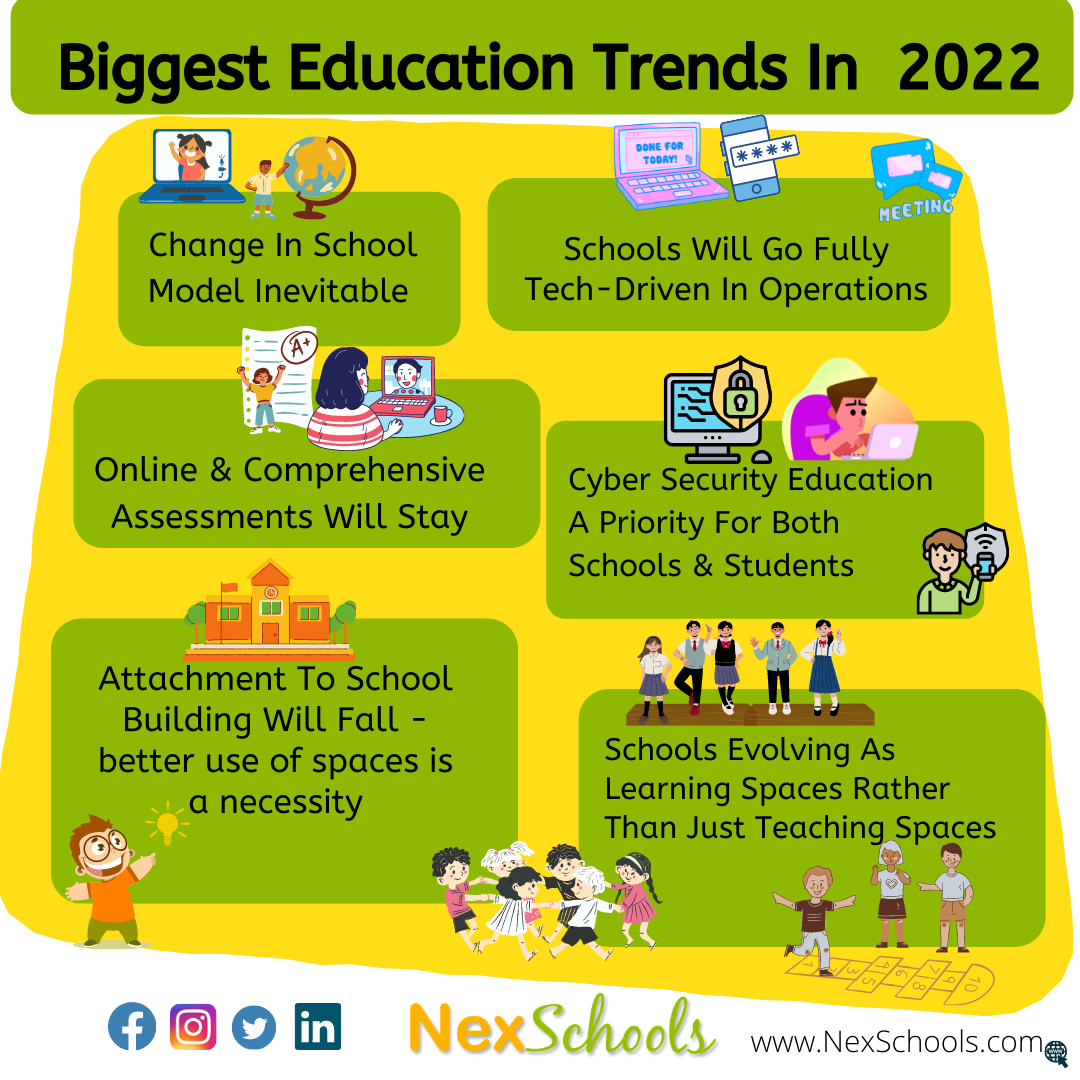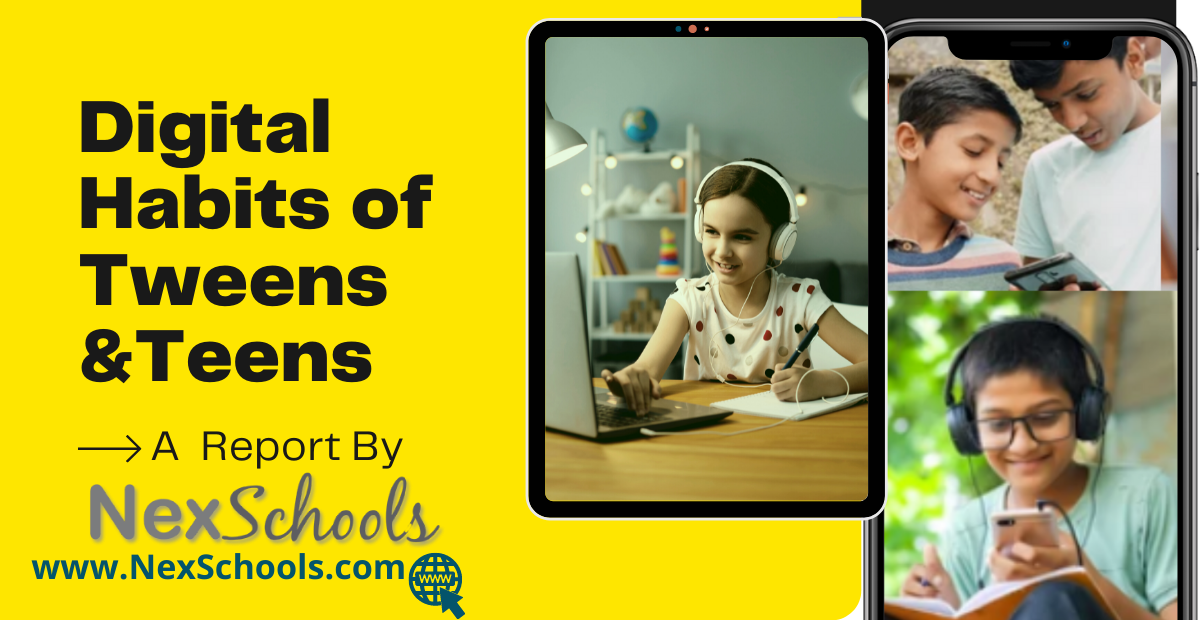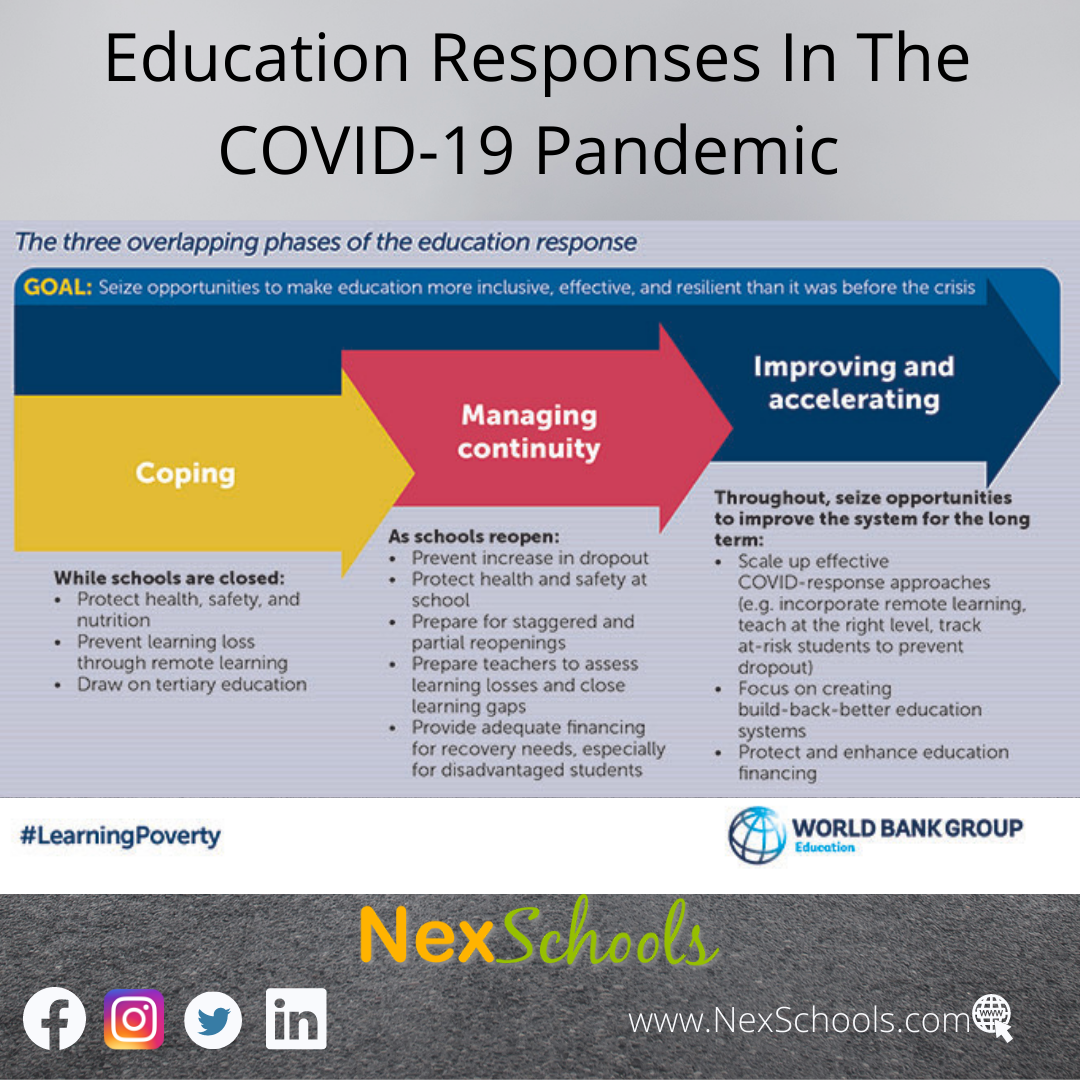This is blog is part of the series on the trends that will shape k-12 in 2022.
In wake of unprecedented ad unpredictable last two years 2020 & 2021, the coronavirus pandemic has reshaped the K12 landscape in unimaginable ways. Shifting it to a new level and in some cases outright derailing the previously established teaching-learning practices and also the use of infrastructure commonly known as schools confined within concrete buildings.
Educationists and education should mark a new era in education from 2020. The trends set before 2020 or pre-pandemic have taken a back seat - a place in history. The trends guiding 21st century education in a true sense has acceptance among all across the education sector. K12 has a vista of new opportunities which may look more technology-driven but there is so much more to it.

Trends To Watch Out For In The Next Decade In 2022
Here are some trends to watch out for in the next decade in 2022 that will mark its beginning.
Education technology would play a crucial role in schools’ operation, learning and teaching. Some trends already set the pace in the schools below:
1. Change in School Model – Schools model will constructively change. The vast amount of resources expanded in the last two years to transition schools to a virtual model, some of them are likely to stay here while others that didn’t work well may have to be ironed out for effectiveness. Change is inevitable – hybrid or blended or more innovative model from the best of the traditional and virtual environment.
2. Schools and Students Both Are Vulnerable to Cyber Threats
The umpteen number of meeting bombing incidents as soon as schools went to virtual classrooms, strange rise in cyber safety, cyberbullying, abuse etc. has brought to the rising need to protect and teach online safety skills to children, educators and school leaders. Malicious actors are also targeting school computing systems, slowing systems and ransomware attacks are on the constant rise making education the largest affected in front of retail, healthcare and high-tech.
There are legitimate concerns and calls for urgent actions by integrating cyber safety, digital citizenship and wellness curriculum for children right from primary school. To mitigate these threats CBSE has introduced skill-based program for Cyber Security, but we need more than a quick fix approach. NexSchools is launching a Cyber Safety curriculum to tackle these complex and ever-evolving challenges in a unique blended learning program for cyber-safe school culture along with new challenges surfacing out of excessive use of Internet such as media literacy, digital communication and information literacy.

3. Schools will Go Fully Tech-Driven in Operations
Schools were already using the technology for school logistics, operations, administrative and student management services but with the pandemic, technology first approach have taken up the schools’ all operations. The trend will continue in the post-pandemic in more effective ways towards the convenience of automation.
4. Assessment Goes Online
Assessments have gone online, but not much has changed during the pandemic. The quick fix systems for assessing children has resulted in low engagement and more children losing interest in academics with falling grades in conceptual and STEM learning to already distressing situation. Online Assessments powered by AI are yet to come, there is a wait and watch situation in how schools make the best of it. This Edtech tool can transform the role of teachers as effective facilitators and mentors and can take away the monotonous overload of work from teachers as well.
5. Better Use of Spaces – Repurposing school buildings for the post-pandemic era and existing classrooms to accommodate fewer children for a short time. Age-appropriate graphics to remind students to wash hands and maintain social distancing are already in place by all the schools. Flexible construction with options of movable furniture and foldable partition instead of permanent walls could also be the solution to use spaces more efficiently.
6. Schools Evolving as Learning Spaces Rather Than Just Teaching Spaces
Physical School campus is where children are more likely to come and learn social skills and for academic learning. The absence of social learning and peer interactions are the biggest drawbacks of virtual learning.
Brick and mortar learning spaces probably needs transformational change in the first place to shift from box-like closed buildings to more open spaces.
 Investment in making spaces for suitability of school space with essential material conditions which ensure the existence of pleasant and creative learning through experiential learning environment including outdoor learning and open spaces to give hands-on learning concepts such as gardens, the concept of Building as Learning Aids (BaLA) etc. Schools with poor ventilation systems would surely need upgrades. All in all the transformation is much needed so that a variety of learning spaces are created to meet the demands of daily school activities based on the actual needs of the children.
Investment in making spaces for suitability of school space with essential material conditions which ensure the existence of pleasant and creative learning through experiential learning environment including outdoor learning and open spaces to give hands-on learning concepts such as gardens, the concept of Building as Learning Aids (BaLA) etc. Schools with poor ventilation systems would surely need upgrades. All in all the transformation is much needed so that a variety of learning spaces are created to meet the demands of daily school activities based on the actual needs of the children.
What Raised The Bar In Virtual Learning Model?
Given the vast amount of resources expended in the last 2 years to transition schools to a flexible virtual model, the pieces that worked well are likely to stay — and those that didn't may still be ironed out for effectiveness. Here are some gains that will raise the bar in the post-pandemic era:
-
A better perspective of the required reforms in education
-
Immersive learning experiences
-
Global connections and exchanges among schools and experts
-
Use of ICT skills for learning and teaching
-
Upskilled educators for education technology
-
Parents assumed co-teaching responsibilities
Global ViewPoint
“Due to COVID19, schools are closed for 85% of students worldwide. If countries act quickly, they can build education systems better after the pandemic so they are more prepared to deal with future shocks.” – World Bank
To get the full benefit of online learning, there needs to be a concerted effort to provide this structure and go beyond replicating a physical class/lecture through video capabilities, instead, using a range of collaboration tools and engagement methods that promote “inclusion, personalization and intelligence”. - Dowson Tong, Senior Executive Vice President of Tencent and President of its Cloud and Smart Industries Group
"Pandemic pushed everyone to an uncomfortable situation, which led to lots of positives. Rethinking and reimagining how we teach and learn is going to change education forever." The Washington Post

Reference: https://www.worldbank.org/en/news/infographic/2020/05/06/covid-19-pandemic-shocks-to-education-and-policy-response-infographic
What's working for your kids in school and at home? Children, Parents and educators leave a  comment below.
comment below.
Your thoughts will help in compiling next blog - the ground realities of the trends in pandemic times titled Mythbuster Trends In The School Education.
Cyber Safety Initiatives by NexSchools
School Children Making A Difference With Blogs